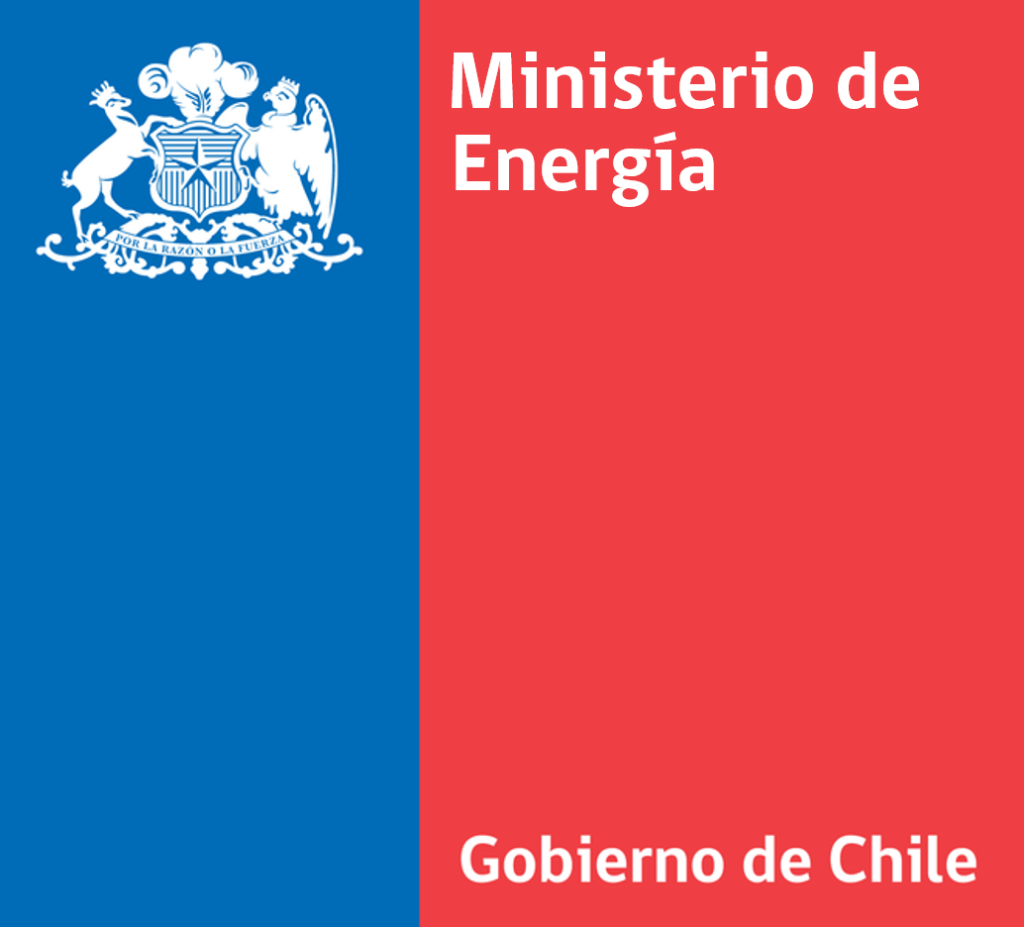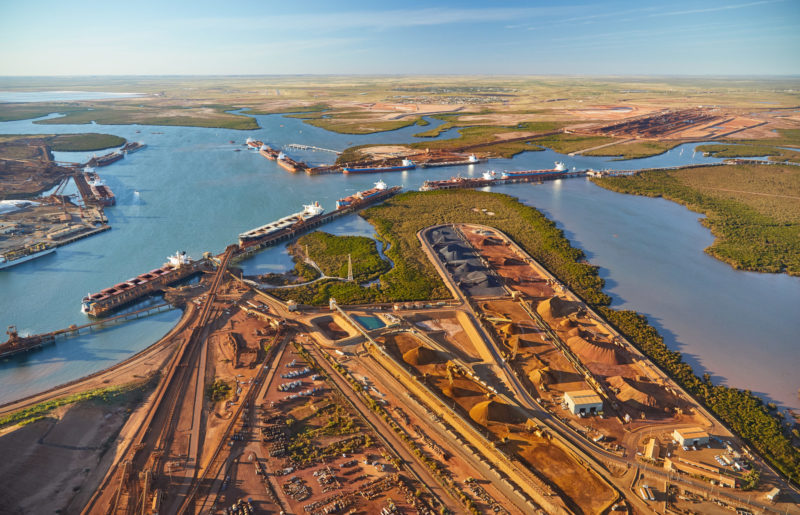Maritime green corridors in Chile, Australia and the US
By Julian Atchison on April 19, 2022
Chile

Chile’s Ministry of Energy and the Mærsk Mc-Kinney Møller Center for Zero Carbon Shipping announced a formal agreement to establish a series of green maritime corridors into and out of the country: the Chilean Green Corridors Network (click to download pdf). For the remainder of 2022, work will continue to identify the most promising corridors in the region.
Chile is a key first-mover in the green corridors space. It was one of the first signatories to the Clydebank Declaration last year and – owing to its geography – relies heavily on maritime transport. The huge potential to produce alternative maritime fuels on Chile’s coastline – particularly via ammonia mega-projects like HNH and H2 Magallanes – adds more momentum to the green corridors announcement.
Chile is a country with an outstanding renewable availability. Particularly blessed regions such as Magallanes and Antofagasta, which present massive wind and solar potentials; make the Chilean coastline, a strategic place to foster the supply of clean, zero-emissions maritime fuels. By working together with the territories and local governments, Chile will support the long-term emissions reduction of the national and international maritime sector.
Minister of Energy for Chile Claudio Huepe in the MMM Center’s press release, 13 April 2022
Australia

The Global Maritime Forum will lead a consortium including BHP, Rio Tinto, Oldendorff Carriers and Star Bulk Carriers to develop a green maritime corridor for iron ore transport between Australia and southeast Asia. The announcement builds on Getting to Zero Coalition’s The Next Wave report, which includes pre-feasibility assessments for a hypothetical corridor for iron ore transport between Australia and Japan. The fuel of choice – for both the hypothetical corridor and the new consortium partners – is green ammonia.
US
And the US State Department has outlined its approach to green maritime corridors, paving the way for further announcements. The official release emphasizes a collaborative, transparent approach supported by policy and exhaustive, standaridised emissions reporting.
Green shipping corridors are a key means of spurring the early adoption of zero-emission fuels and technologies that will help place the sector on a credible pathway to achieve zero emissions no later than 2050.
Green Shipping Corridors, a fact sheet from the US State Department, 12 April 2022
The new announcements come hot on the heels of a trio of related news items from early April. At the beginning of March AEA Maritime Director Conor Furtsenberg Stott introduced us to the “green maritime corridors” concept: read his analysis here.